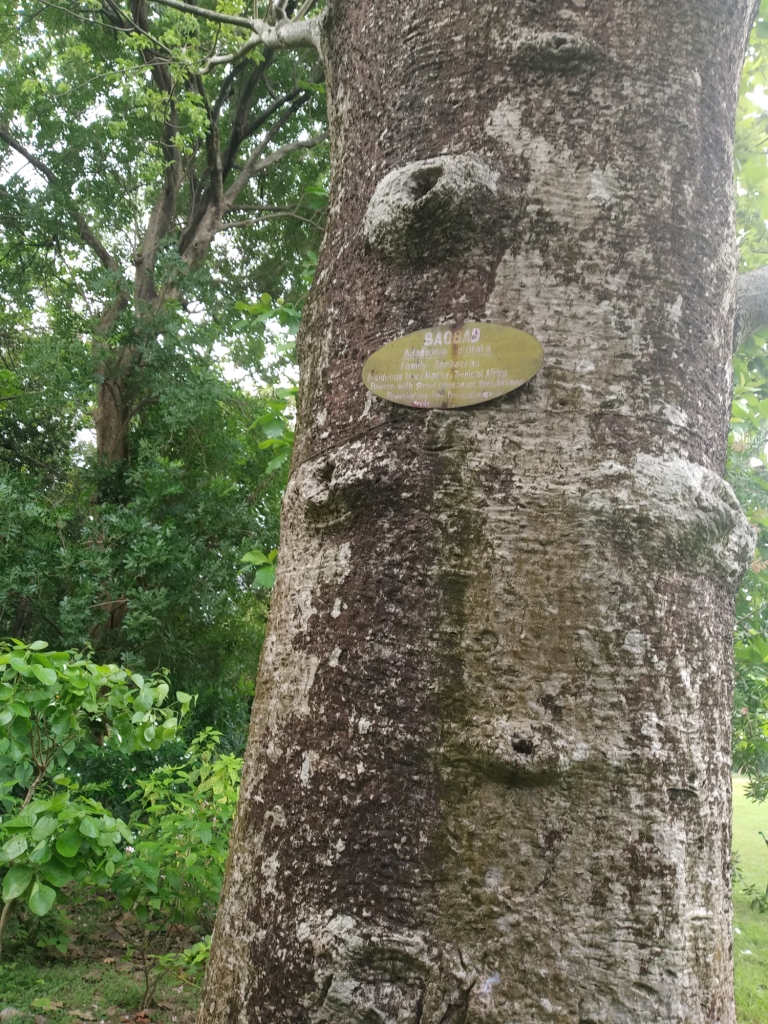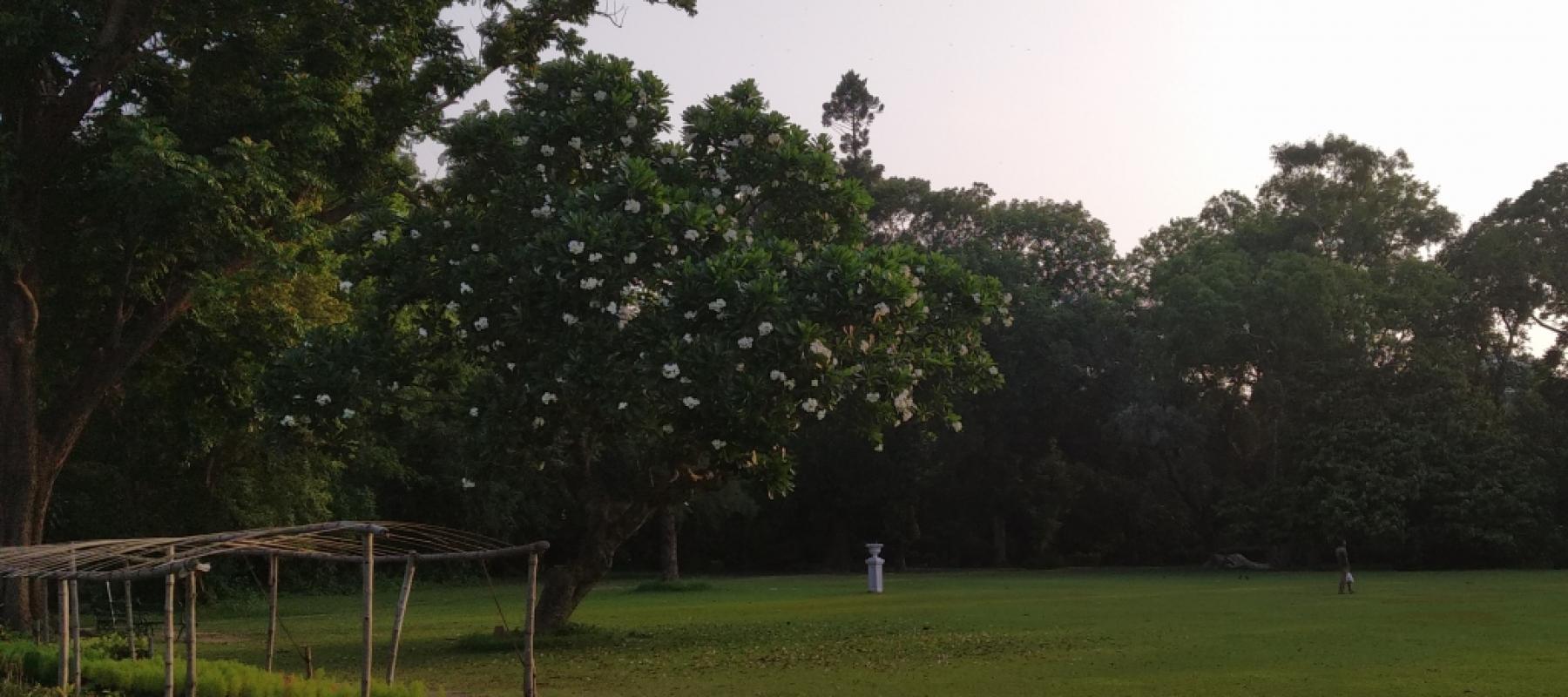In 1820, Rev. Dr William Carey founded the Agri-Horticultural Society of India, the oldest institution of its kind in the country. William Carey was a distinguished Orientalist and a botanist. He was encouraged and supported by the Governor-General of India, the marquis of Hastings, who was also the first patron of the society. Thus, this natural heritage site has a 200-year-old history!
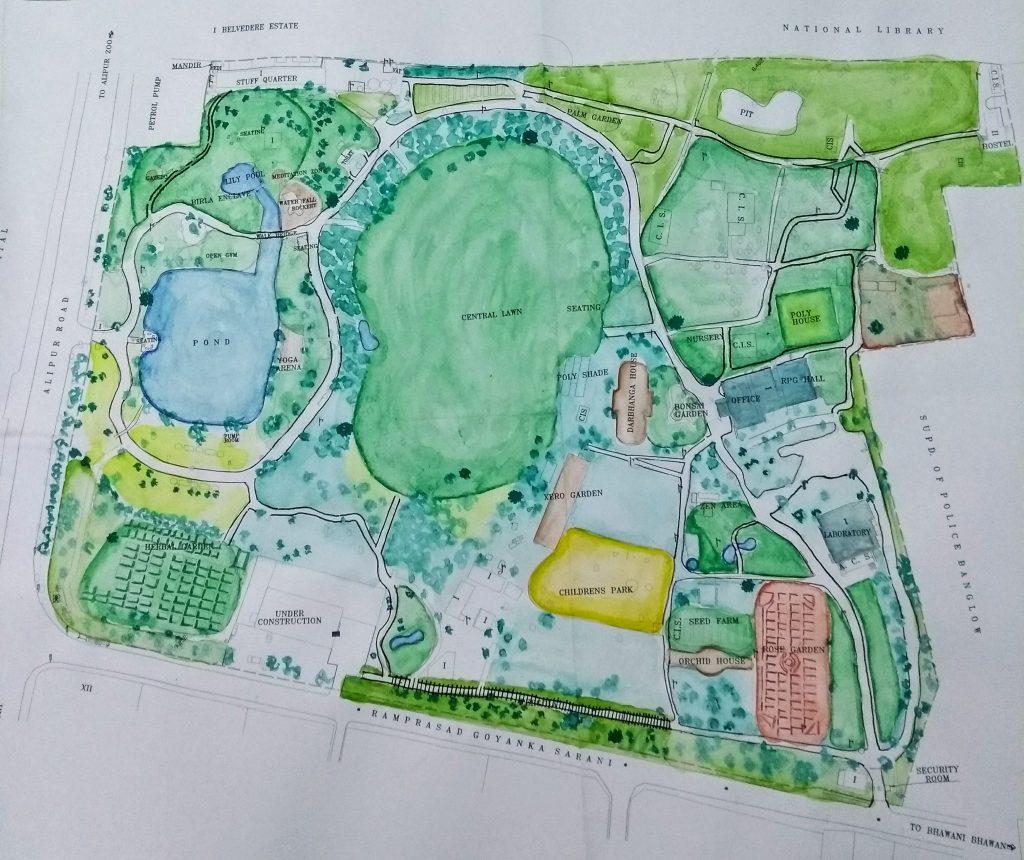
The society’s role in the promotion and development of agriculture and horticulture in the country remains unparalleled. It acted as India’s de facto Department of Agriculture till 1900 as, at the time, there was no such department in the government machinery. It was Rev. Carey who brought extinct species of plants and nurtured them in the society’s garden. He also brought maize, cotton, tea, sugarcane and Cinchona from different countries, and instilled plantation habits in different parts of the country.
Percy Lancaster is another important name in the history of the society. He introduced many new plants from foreign countries and institutionalised the concept of hybridisation in India. He founded the famous Alipore Canna Collection in 1892. His work was carried on by his son, Sydney Percy-Lancaster. He continued collecting and hybridising the Alipore Canna Collection. They became the most popular garden plant in India at that time. He also discovered many interesting mutants in Acalypha, Canna, Codiaeum, Hibiscus, Malvaviscus, Panax and Sansevieria genera.
It is said that every Canna cultivar growing in India has been derived from the Agri-Horticultural Society, where the collection was domiciled.
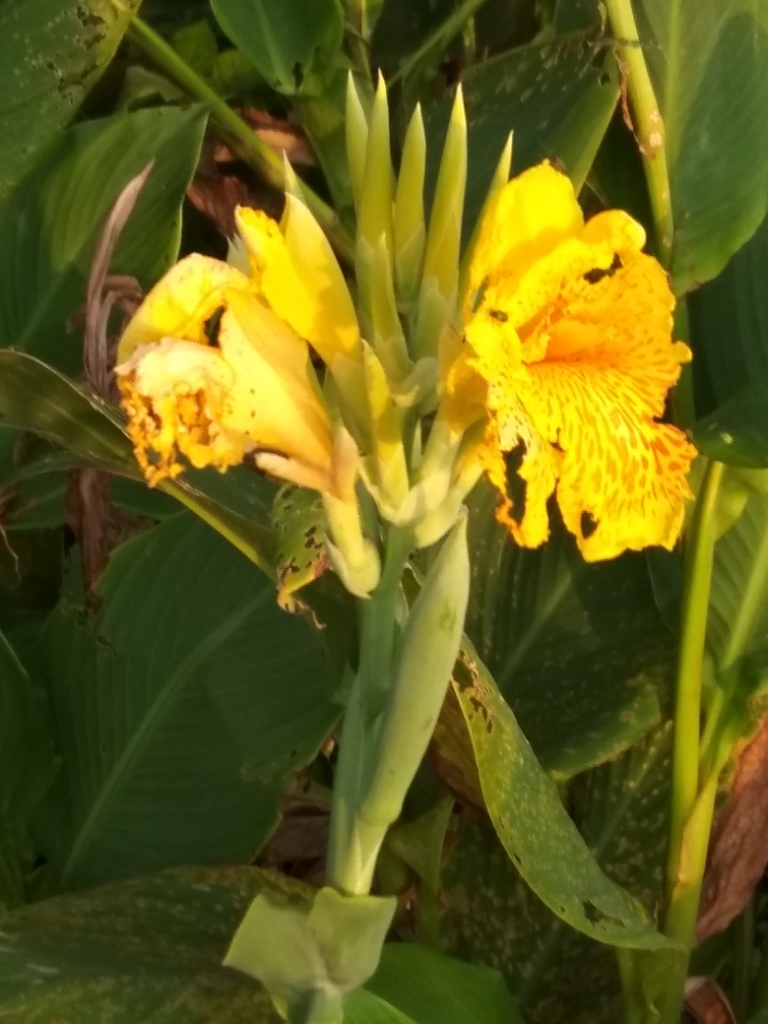
Fun fact: In horticulture, several species and varieties arising from hybridisation or mutations are named after Lancaster and his family. A few notable ones are:
- Acalypha lancasteri
- Antignon lancasteri
- Bougainvillea 'Alick Lancaster'
- B. 'Enid Lancaster'
- B. 'Mrs Lancaster'
- Cassia×lancasteri
- Crinum lancasteri
- Hibiscus ‘Percy-Lancaster’
- Panax lancasteri
- Sansevieria tri-elfasciata lancasteri
- Gephyranthes lancasteri
The AHSI houses a flower garden, greenhouses, a research laboratory, a library and a massive collection of plants and flowers. It has a significant collection of botanical varieties, including Cannas, a large variety of ferns and medicinal plants, and thousands of fruit and flowering plants and trees.
The natural heritage trail at AHSI Kolkata has been designed by The Makers Collaborative and will be conducted on June 7, 2019 in association with India Heritage Walks, Sahapedia and the AHSI. The trail involves the walk and a hands-on learning experience, and is specially curated for the children of the Magic Bus Foundation, Kolkata.
The children will be taken for a walk around the beautifully landscaped garden of the AHSI. This will include a tour of the common and rare species of flowering and fruit trees, shrubs, climbers, herbs, annual flower plants, the greenhouse and the nursery. They will also be shown how these plants are propagated from seeds and made suitable for planting in various spaces.
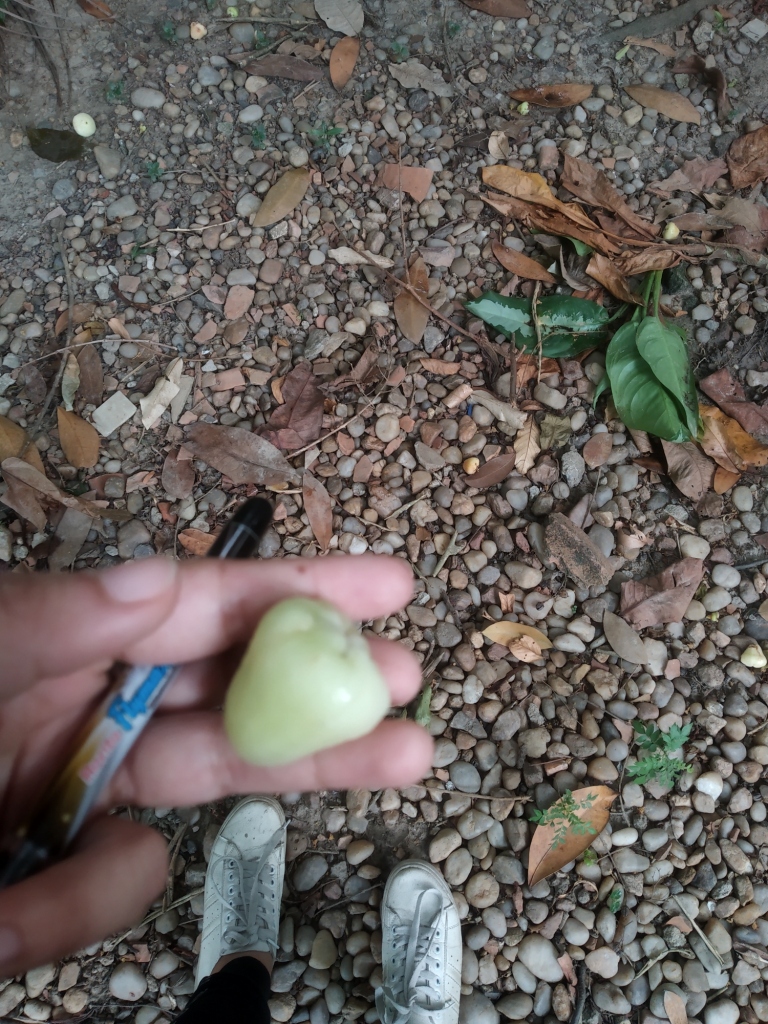
The children will be provided with a journal that gives them information about this important site of natural heritage. The journal also contains prompts for observation, sketches, notes, fun facts and activities that will be conducted during the course of the walk. The children will take part in gardening activities inside the premises after learning how to prepare soil for planting and how to care for the plants from the experts at AHSI.
With this trail we hope that people, especially children, develop an interest in exploring this wonderful natural heritage resource in the city, and learn about the diversity of the flora around the world and how it they be nurtured and protected.
Fun Fact: The AHSI has a baobab tree from Africa. Remember to spot it and pick up its fallen fruit when you visit!
